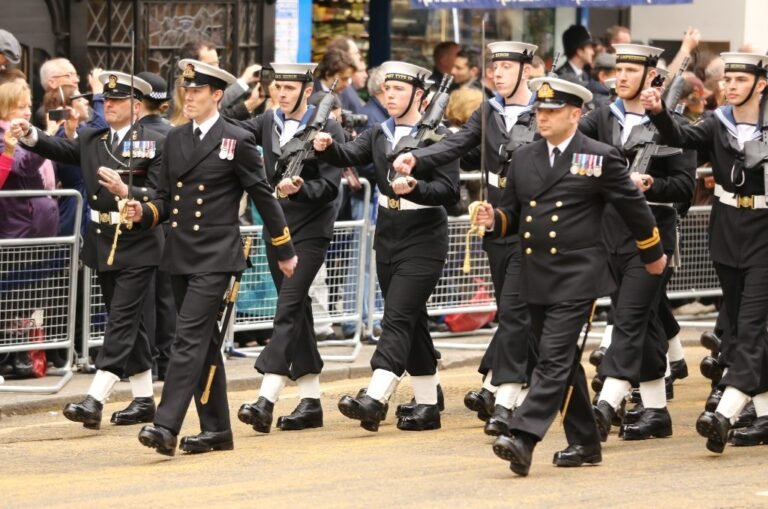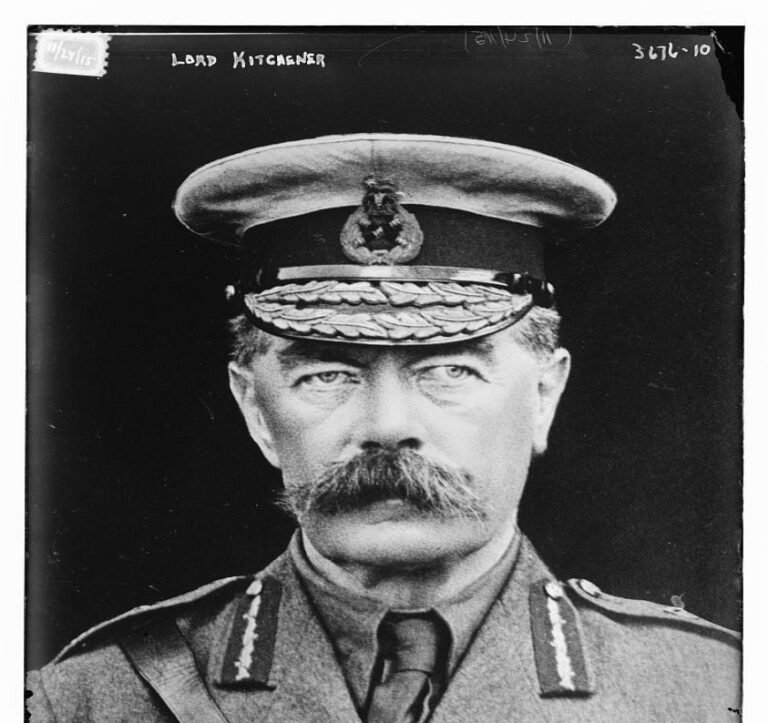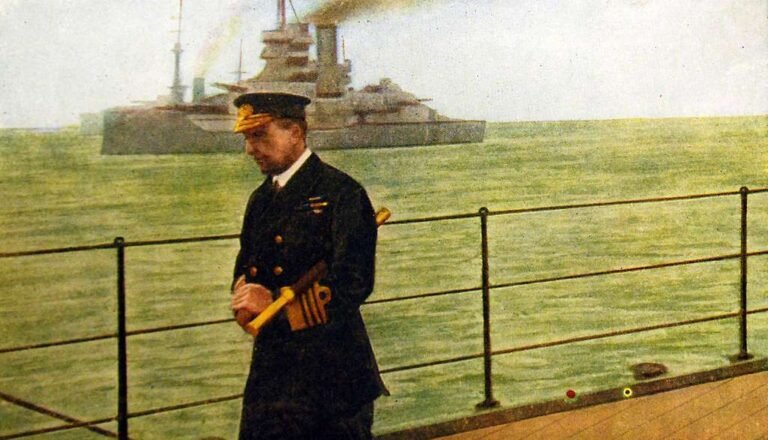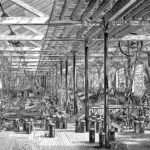The Age of Sail was a fascinating period in maritime history. Ships powered by wind ruled the seas, shaping trade and exploration.
Imagine the vast, open oceans where majestic ships sailed, driven only by the power of the wind. The Age of Sail spans from the 16th to the mid-19th centuries, a time when maritime travel and trade flourished. This era saw explorers discovering new lands, merchants trading goods across continents, and navies engaging in epic battles.
The technology of sailing ships evolved, leading to faster and more efficient vessels. Understanding the Age of Sail helps us appreciate the courage and skill of sailors who braved the unknown. Dive into this captivating period to learn about the adventures and advancements that defined the high seas.
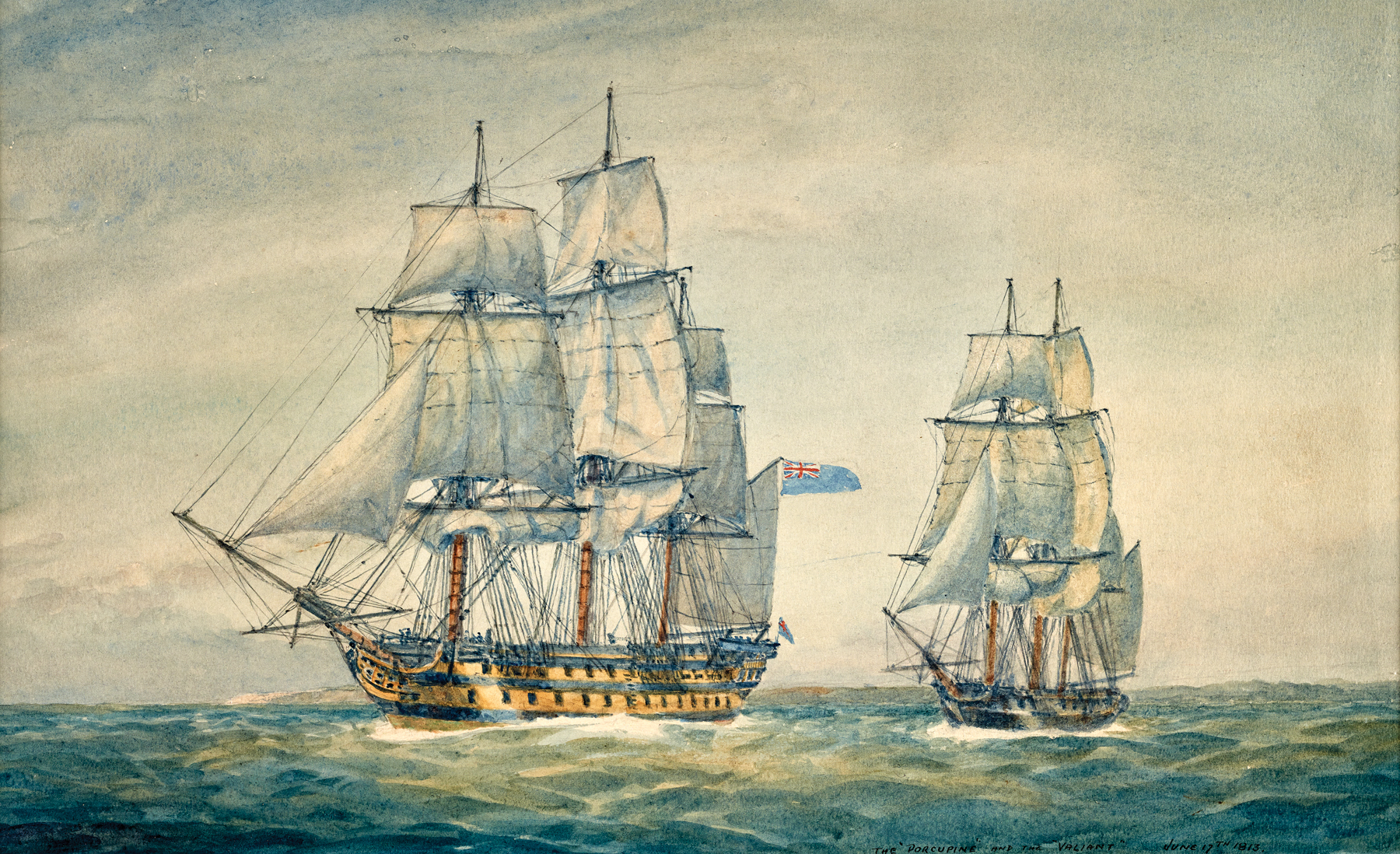
Credit: www.usni.org
Introduction To The Age Of Sail
The Age of Sail marks a fascinating period in maritime history. This era saw wooden sailing ships dominate global trade and exploration. These vessels relied solely on wind power, creating an era of adventure, discovery, and progress. The Age of Sail spans from the 16th to the mid-19th century. It left an indelible mark on history.
Historical Context
The Age of Sail began with the Renaissance. European powers sought new trade routes. They aimed to bypass the overland routes controlled by the Ottoman Empire. This period saw the rise of explorers like Christopher Columbus and Vasco da Gama. Their journeys expanded the known world. The era continued through the Age of Enlightenment and the Industrial Revolution. Steam power eventually replaced sail power, ending this age.
Significance In Maritime History
The Age of Sail transformed global trade. Ships connected continents like never before. They enabled the exchange of goods, ideas, and cultures. This period saw the rise of European colonial empires. Nations like Spain, Portugal, and England expanded their reach. Naval battles during this era shaped political landscapes. The Age of Sail also spurred advancements in navigation and shipbuilding. These improvements laid the foundation for modern maritime technology.
Technological Innovations
The Age of Sail was a period marked by significant advancements in maritime technology. These innovations transformed sea travel, making it faster, safer, and more efficient. Two major areas of innovation were ship design and navigation tools.
Ship Design
The designs of ships underwent remarkable changes during the Age of Sail. One of the most notable advancements was the introduction of the caravel. This small, highly maneuverable ship had a distinct advantage over its predecessors. It could sail closer to the wind, making it ideal for long voyages.
Another innovation was the galleon, which featured a sleek hull and multiple decks. This design provided more space for cargo and cannons, making it both a powerful merchant vessel and a formidable warship. The galleon’s improved stability also meant it could handle rough seas better.
Think about this: What if you were a sailor during this time? The technological advancements in ship design meant you could now embark on longer journeys with more confidence and less risk. This must have been an exciting time for anyone passionate about exploration and adventure.
Navigation Tools
Navigation tools also saw significant improvements. The magnetic compass, though invented earlier, became more widely used. It allowed sailors to determine their direction even when the stars were obscured by clouds. This was a game-changer for long-distance travel.
The astrolabe and later the sextant provided more precise measurements of latitude. These tools helped sailors pinpoint their location more accurately. Imagine being able to chart your course with greater certainty, knowing exactly where you were on the vast ocean.
Another critical innovation was the marine chronometer. It solved the problem of determining longitude, which had baffled navigators for centuries. With this tool, sailors could finally calculate their east-west position accurately. This meant fewer shipwrecks and more successful voyages.
So, next time you consider the Age of Sail, think about the incredible technological innovations that made it possible. How might these advancements inspire today’s tech developments? What other fields could benefit from such leaps in technology?
By understanding these innovations, you gain a deeper appreciation for the bravery and ingenuity of those who sailed the seas centuries ago. Their legacy lives on in the modern conveniences we often take for granted.
Famous Explorers
The Age of Sail marked an era of exploration and discovery. Famous explorers set sail to unknown lands, expanding the world’s map. Their adventures filled history books and inspired generations. Let’s look at two iconic figures of this era.
Christopher Columbus
Christopher Columbus is one of history’s most well-known explorers. He set sail from Spain in 1492. His goal was to find a new route to Asia. Instead, he discovered the Americas. Columbus made four voyages across the Atlantic Ocean. Each journey added new details to the world map. His discoveries opened up the New World to European colonization.
Ferdinand Magellan
Ferdinand Magellan was a Portuguese explorer. He is famous for leading the first expedition to circumnavigate the globe. His journey began in 1519. Magellan faced many challenges, including rough seas and mutinies. Sadly, he died before completing the trip. But his crew finished the voyage in 1522. This expedition proved that the Earth is round and connected by vast oceans.
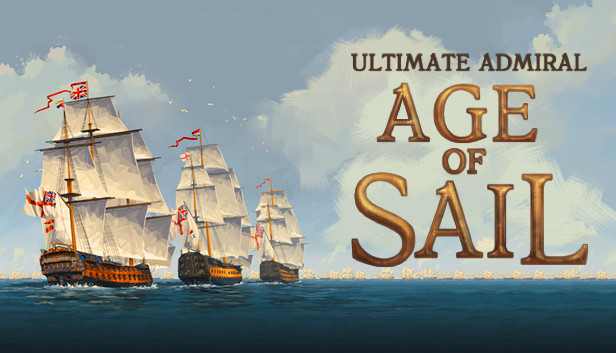
Credit: store.steampowered.com
Major Naval Battles
The Age of Sail was a period marked by significant naval battles that shaped the course of history. These battles were not just about military might; they were crucial in deciding the fate of nations. Among these, the Battle of Trafalgar and the defeat of the Spanish Armada stand out.
Battle Of Trafalgar
The Battle of Trafalgar, fought on October 21, 1805, was a pivotal moment in naval warfare. Admiral Horatio Nelson led the British fleet against the combined forces of France and Spain.
Nelson’s innovative tactics ensured a decisive victory. He divided his fleet into two columns, breaking through the enemy lines. This bold move disrupted the opposing forces and led to a crushing defeat for France and Spain.
Nelson’s leadership and bravery at Trafalgar cemented his legacy. Despite being mortally wounded, his strategies ensured British naval dominance for years to come.
Can you imagine the sheer courage it took to face such overwhelming odds? Nelson’s story is a testament to the power of bold decisions and unwavering leadership.
Spanish Armada
The defeat of the Spanish Armada in 1588 was another landmark event. King Philip II of Spain sent a powerful fleet to invade England, aiming to overthrow Queen Elizabeth I.
However, the English fleet, led by Sir Francis Drake, was prepared. Utilizing smaller, more maneuverable ships, they harassed the Armada and inflicted significant damage.
Weather also played a critical role. A series of storms scattered the Spanish ships, leading to their eventual defeat. This victory marked the rise of England as a major naval power.
Think about how unpredictable elements like weather can change the course of history. The defeat of the Spanish Armada is a stark reminder of how even the best-laid plans can be foiled by nature.
Reflecting on these battles, what lessons can we draw for our own lives? Boldness, preparation, and the ability to adapt are key factors for success, whether in naval warfare or personal endeavors.
Which of these historical events resonates most with you? The bravery of Nelson or the resilience of the English fleet against the Armada? Share your thoughts and let’s discuss how these lessons apply to modern challenges.
Life Aboard Ships
Life aboard ships during the Age of Sail was challenging and adventurous. Sailors faced harsh weather, long voyages, and limited supplies. Daily tasks included navigating, maintaining the vessel, and managing sails.
Life aboard ships during the Age of Sail was a unique, challenging, and often perilous experience. Sailors had to adapt to the rhythm of the sea and the demands of their vessels. Every day brought new tasks, and the crew needed to be ready for anything, from calm seas to violent storms. The ship was not just a workplace; it was home.
Daily Routines
Life on a ship was governed by a strict schedule. Sailors worked in shifts, or “watches,” that lasted four hours. These shifts rotated to ensure the ship was always manned.
During their watch, sailors performed various tasks like adjusting sails, cleaning the deck, or standing lookout. Off-watch time was for eating, sleeping, or mending clothes.
Unexpected events, like sudden storms, could disrupt this routine. Everyone had to be ready to respond immediately. The daily grind was tough, but it built a strong sense of camaraderie among the crew.
Diet And Health
Diet on a ship was far from gourmet. Meals usually consisted of hardtack (a type of dry biscuit), salted meat, and dried peas. Fresh food was rare and a treat when available.
Water was stored in barrels and often became stagnant. To prevent scurvy, a disease caused by lack of vitamin C, sailors needed fresh fruits and vegetables. These were hard to come by on long voyages.
Health was a constant concern. Poor diet, cramped quarters, and lack of hygiene led to illnesses. Medical knowledge was limited, and many sailors relied on folk remedies. Despite these challenges, sailors developed resilience and a deep bond with their shipmates.
What do you think it would be like to live in such conditions? Can you imagine the discipline and endurance required? Life at sea was not for the faint-hearted, but it offered a sense of adventure and freedom unmatched on land.
Economic Impact
The Age of Sail had a massive economic impact. It changed how nations traded and expanded. The era saw the rise of global trade routes and colonial empires. These developments shaped the world’s economy.
Trade Routes
Trade routes grew rapidly during the Age of Sail. Ships carried goods across oceans. They connected Europe, Africa, Asia, and the Americas. Spices, silk, and precious metals were some key goods. The demand for these goods boosted many economies. Ports became bustling hubs of activity. Merchant ships sailed day and night, transporting valuable cargo.
New trade routes meant new opportunities. Nations competed fiercely to control these routes. Control of the seas was crucial. It determined economic power and influence. Many countries built powerful navies to protect their interests. This competition fueled technological advancements in shipbuilding and navigation.
Colonial Expansion
Colonial expansion was another economic driver. European powers established colonies worldwide. These colonies provided resources and new markets. They supplied raw materials like sugar, tobacco, and cotton. Colonies also became markets for European goods. This exchange enriched the colonial powers.
The labor force in colonies was often exploited. Indigenous populations suffered greatly. Enslaved people were forced to work in harsh conditions. This exploitation created vast wealth for European nations. The economic benefits of colonialism were immense. It funded further exploration and expansion.
Colonial expansion also spread European culture and technology. It transformed local economies and societies. The impact of the Age of Sail is still felt today. It laid the foundations for the modern global economy.
Cultural Influence
The Age of Sail, spanning from the 16th to the mid-19th century, was a remarkable period. Ships sailed the world, connecting continents and cultures. This era not only shaped global trade and exploration but also left a profound cultural impact. Let’s explore the cultural influence of this period through literature, art, and maritime traditions.
Literature And Art
Literature flourished during the Age of Sail. Writers penned tales of adventure and discovery. Stories of brave sailors and distant lands captivated readers. Famous works like “Moby-Dick” by Herman Melville emerged. These tales influenced readers’ imaginations and perceptions of the sea.
Art also mirrored the Age of Sail. Paintings depicted grand ships and stormy seas. Artists like J.M.W. Turner captured the drama of maritime life. These artworks illustrated the power and beauty of the ocean. They helped preserve the era’s spirit and adventures.
Maritime Traditions
Maritime traditions thrived during this period. Sailors developed unique customs and practices. They created rituals to ensure safe voyages. Sea shanties, or work songs, became a staple. These songs helped crews work in unison and boost morale.
Nautical language also grew. Terms like “port” and “starboard” became common. These traditions influenced everyday language. They created a sense of camaraderie among sailors. Maritime traditions continue to be celebrated today, preserving the rich heritage of the Age of Sail.
Decline Of The Age Of Sail
The Age of Sail saw its decline in the late 19th century. Steam-powered ships emerged, offering faster and more reliable transportation. Sail ships couldn’t compete with the efficiency of steam engines.
The Age of Sail, marked by majestic ships navigating the world’s oceans, saw its decline in the 19th century. This era, once defined by grand voyages and naval battles, gave way to new technology and strategies. The transition wasn’t sudden but was shaped by various factors that made sailing ships obsolete.
Rise Of Steam Power
Steam power revolutionized maritime travel. Ships powered by steam engines could travel faster and weren’t dependent on the wind. This change made voyages more reliable and efficient.
Steamships could follow scheduled routes, unlike sail ships that relied on unpredictable winds. This predictability was a game-changer for trade and transportation.
Consider the experience of a merchant in the 1800s. With steamships, they knew when their goods would arrive, reducing risks and costs. This certainty was invaluable.
Changing Naval Strategies
Naval strategies evolved with technological advancements. Steam-powered ships could maneuver more easily in battle. This agility gave them an edge over slower, wind-reliant sailing ships.
Navies began to prioritize speed and firepower. Steamships could carry larger cannons and more ammunition. They could also move in any direction, making them formidable opponents.
Imagine being a naval commander during this transition. You would favor steamships for their speed and firepower. These ships transformed how battles were fought and won.
The decline of the Age of Sail was inevitable with these shifts. The world moved towards more efficient and powerful means of travel and warfare. This change reshaped global trade and military strategies.
What do you think about the impact of steam power on maritime history?
Legacy And Preservation
The Age of Sail left a rich legacy in maritime history. Preserving old ships helps us remember this important era. These vessels tell stories of exploration and trade.
The Age of Sail, a period spanning from the late 16th century to the mid-19th century, left an indelible mark on maritime history. The majestic sailing ships and the tales of voyages they undertook continue to fascinate us. Preserving this legacy is vital for understanding our past and appreciating the advances in navigation and shipbuilding. Let’s delve into how this legacy is preserved today.
Maritime Museums
Maritime museums play a crucial role in keeping the Age of Sail alive. These institutions house artifacts, maps, and models that tell the stories of sailors and their adventures. Visiting a maritime museum can feel like stepping back in time.
For example, the National Maritime Museum in Greenwich showcases an impressive collection. You can see intricate ship models and navigational instruments used by explorers. These exhibits provide a tangible connection to the past.
Museums often organize interactive sessions. You might find workshops on traditional sailing techniques or lectures on maritime history. These activities not only educate but also engage visitors, making history come alive.
Restored Sailing Ships
Restored sailing ships are floating reminders of the Age of Sail. These vessels are painstakingly repaired and maintained to reflect their original glory. When you step aboard a restored ship, you experience firsthand the craftsmanship and design of the era.

Credit: en.wikipedia.org
The USS Constitution, docked in Boston, is a prime example. As the oldest commissioned naval vessel afloat, it offers guided tours. You can walk on the deck and envision the life of sailors who served on it.
Similarly, the Cutty Sark in London represents the pinnacle of clipper ship design. Restoration efforts have preserved its sleek lines and towering masts. These ships are not just static displays; they often sail, letting people experience the thrill of being on a historic vessel.
Preservation requires dedicated effort. Volunteers and experts invest countless hours in maintaining these ships. Their work ensures that future generations can witness and appreciate maritime heritage.
Have you ever visited a maritime museum or stepped aboard a restored sailing ship? What was the experience like? Reflecting on these questions can deepen your appreciation for the legacy of the Age of Sail and its preservation.
FAQs
When Was The Age Of Sail?
The Age of Sail lasted from the 16th to the mid-19th century. During this period, sailing ships dominated maritime trade and warfare.
What Did Age Of Sail Sailors Eat?
Sailors in the Age of Sail ate hardtack, salted meat, dried beans, peas, and sometimes fresh fruits and vegetables. They drank water, beer, and rum.
What Was The Greatest Scientific Challenge In The Age Of Sail?
The greatest scientific challenge in the Age of Sail was determining longitude at sea. Accurate navigation required precise timekeeping, which was difficult without reliable marine chronometers. This problem led to significant maritime risks.
What Were The Consequences Of The Age Of Sail?
The Age of Sail led to global exploration, increased trade, and cultural exchanges. It spurred economic growth and colonization. Advances in navigation and shipbuilding occurred.
Conclusion
The Age of Sail was a remarkable time in history. Ships explored new lands and expanded trade routes. Sailors faced many challenges but also found adventure. This era shaped the modern world. Its legacy lives on in our fascination with the sea.
Understanding this period helps us appreciate human ingenuity and bravery. So, take a moment to reflect on this extraordinary age. Imagine the wind in the sails and the vast, open ocean. The Age of Sail remains an inspiring chapter in our shared history.


